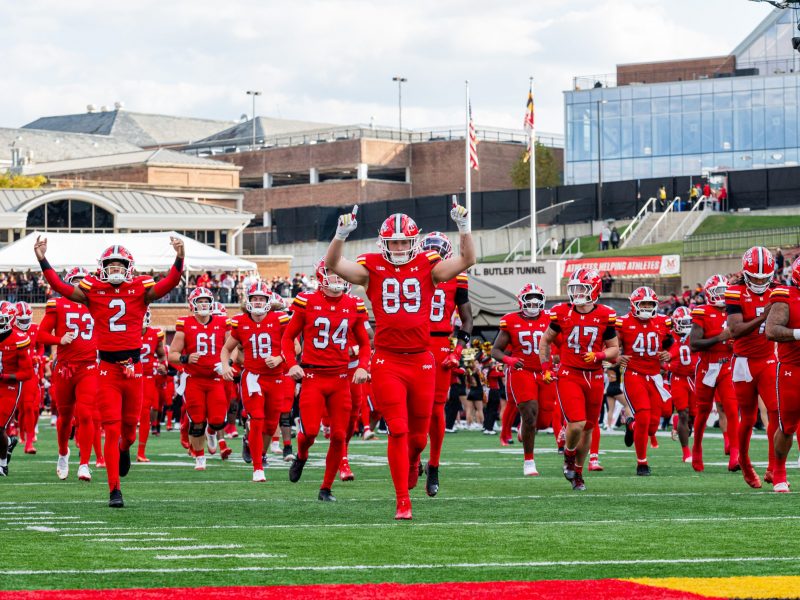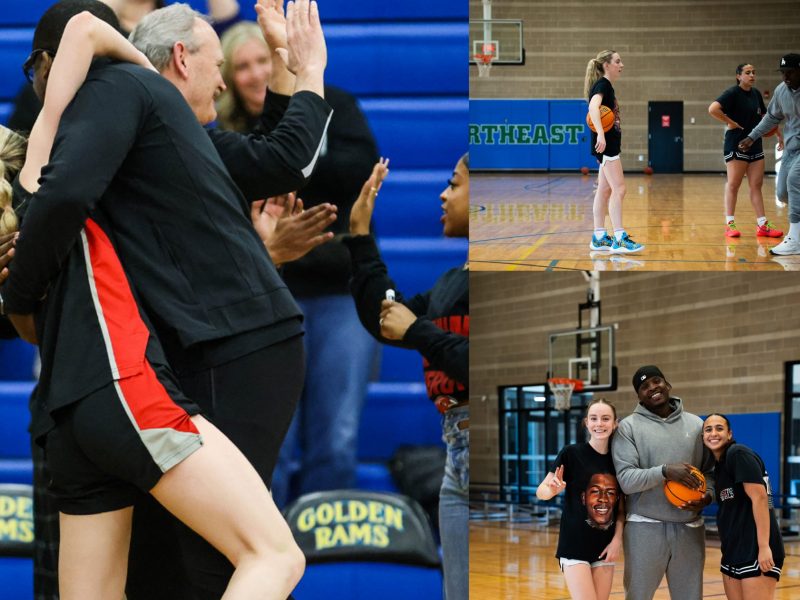
Chingy at the Los Angeles premiere of Big Momma’s House 2.
Some people come into our lives and quickly go. But only one rolled brashly into our lives, dropped the two most infectious rap singles of the mid-2000s and scored a feature on the Agent Cody Banks 2: Destination London soundtrack.
The year was 2003, and everything had changed. The hip-hop industry had reached a crossroads. Suburban moms — those who had never heard (or heard of) N.W.A and were still a bit wary after forbidding their preteens from listening to Eminem — had listened to Nelly’s chart-topping “Hot in Herre,” deemed it pretty catchy and, quite possibly, gotten down to it.
Radio-friendly rappers had long since staked their claims on Top-40 stations, paving the way for a young superstar-to-be to rise to the top of the heap — if not precisely turn the rap world on its head.
In an era of ludicrous (and Ludacris) come-ons and blustering bravado spit by MCs with little to no street cred, one rapper, however briefly, burned brightest among them all. His rims a little shinier, his stacks a little fatter, his women a little badder, his grasp of the English language a little more tenuous: The game was about to witness a bold new player.
In July 2003, a track crafted to simultaneously vie for airplay with the likes of Lil’ Jon’s “Get Low” and Matchbox Twenty’s “Unwell” surpassed both singles on the Billboard Hot 100. That track was “Right Thurr,” and its creator was Chingy.
It’s difficult to put a finger on a more unlikely hip-hop success story at the time. The St. Louis-based artist boasts an unimpressive rap sheet — no jail time, with only dropped drug charges marring his record. His birth name is Howard. In an interview entitled “48 Hours with Chingy,”during which the performer promises “a ghetto pass” to witness “how ya boy Chingy gettin’ it,” well over half of the video was shot at a family reunion.
Regardless, none of these potential setbacks appeared to negatively affect his superstardom, which arguably climaxed, as with all good things, with NOW That’s What I Call Music! Not just any NOW!, either: the Holy Grail of the hit compilation series, NOW! 14.
The album found “Right Thurr” chumming alongside a host of future classics — “Crazy in Love” (Beyoncé/Jay-Z), “Where Is the Love?” (Black Eyed Peas/Justin Timberlake), “Why Can’t I?” (Liz Phair) and “Stacy’s Mom” (Fountains of Wayne), among others.
I received the album for Christmas, a yearly tradition ensuring more-or-less family-friendly listening for tender adolescent ears. It would’ve been enough. I would’ve been more than content with Chingy’s finest offering to date. With a few liberally inserted “U’s” and “R’s,”, the man had produced possibly the catchiest hook of the year. He couldn’t reasonably be expected to top “Right Thurr” and test the boundaries of grammar even further.
I was wrong on both counts. “Holidae In,” the second single from Chingy’s debut, Jackpot, ensured he would remain an industry fixture for the foreseeable future. Rather than being overshadowed by veteran featured artists Snoop Dogg and Ludacris, Chingy exhibited an innovative flow, delivering the suave bars that largely defined his style. (“That’s me, Ching-a-Ling/ Equipped with much ding-a-ling.”)
Several hit singles and NOW! CDs later, his place in rap history cemented, Chingy turned to other creative ventures, moonlighting as an actor. His six-year career spanned such notable roles as “Fat Moe” in 2010’s Polish Bar.
Nonetheless, the star that burned so brightly on Jackpot was doomed to smolder out far too soon. Though both 2004’s Powerballin’ and 2006’s Hoodstar cracked the Billboard Top 10, both failed to garner the same airplay and critical acclaim as their predecessor. While there were some diamonds in the rough, most notably “Make That Thang Talk” (which somewhat predictably describes various ways Chingy would like see the object of his affection back that thang up) and the confusingly titled “Wurr Da Git It Gurlz At,” it was clear the rapper’s once-glorious prime was past.
Several attempts at a comeback in the later 2000s proved fruitless, leaving fans only with memories of what was and mourning for what might have been. Yet though his briefly borilliant star had flamed out, Chingy left behind a fitting legacy: two of the most mind-numbingly entertaining singles of the decade and — perhaps even more importantly — a cameo in Scary Movie 4.
Some people come into our lives and quickly go. Chingy stayed for a while, left footprints on our hearts, and we were never, ever the same.
diversionsdbk@gmail.com



